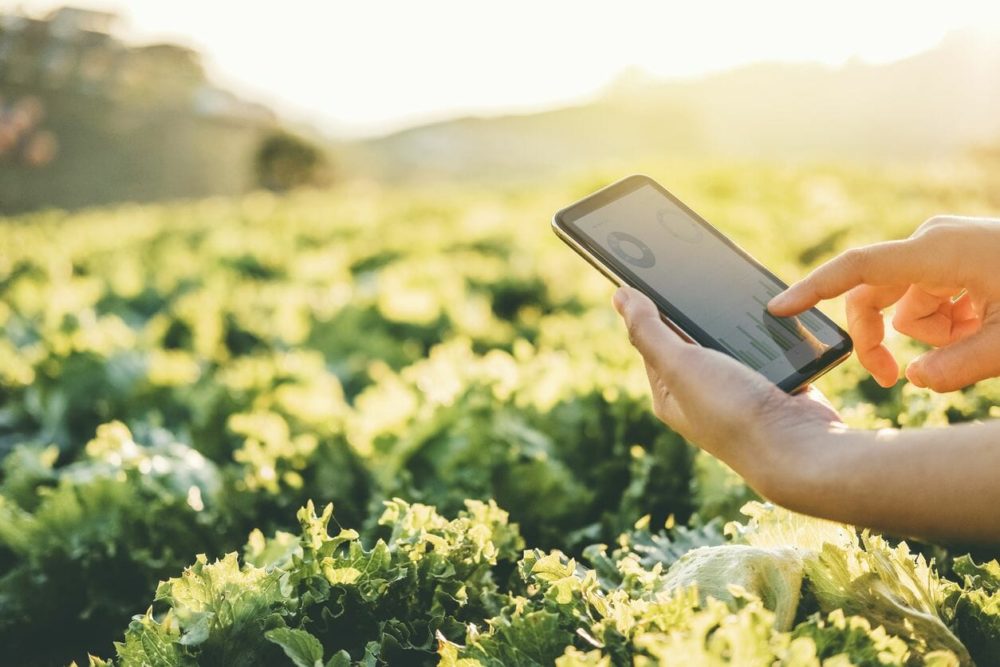Editor’s note: Jeanae DuBois is director of growth marketing at Shift3 Technologies, a mobile and web app developer based in Fresno, US.
Traditional farming technology is developed with large companies and large farms in mind because that’s where the biggest profit margin is to be found.
This means smaller farming operations often find that off-the-shelf solutions aren’t the right fit for their specific needs.
In the US, 85% of farmers are increasing their adoption of technology, and 62% are already using apps in day-to-day farming operations, according to AgAmerica Lending. The US Department of Agriculture (USDA) National Agricultural Statistics Service reports that, of the 2.1 million farms in the country in 2012, 97% were family-owned operations. Additionally, 88% of all farms had less than $350,000 in gross cash farm income. These smaller operations don’t have the same capital that large farms and corporations have, which affects their ability to spend money on technology.
But these farmers don’t have to choose between completely abandoning the search for beneficial technology and buying a solution that will never work for them. Customized technology products represent a middle ground.
Customized technology allows farmers to get the right support in the areas they need it the most, rather than the areas that are already thriving. In fact, many smaller farming operations are already using customized technology.
GPS
The accuracy of GPS technology has evolved over the last 20 years to include the exact position of pests, insects, and weed infestations that may be harming crops.
According to the US Geological Survey, the use of Landsat satellite imagery for global agricultural monitoring began almost immediately after the launch of Landsat 1 in 1972. More recently, Landsat and satellite imagery has been utilized in domestic agricultural applications for everything from field-level production management to pesticide application.
Now, GPS data can educate air sprayers where “problem areas” lie without the need for a worker to physically flag them toward the right location. This shift is well needed. The US agriculture industry has lost an estimated $10 billion per year from pesticide resistance. A research group from the UK’s Earlham Institute used this technology to enable farmers to improve yield, as well as crop marketability, before the harvest.
Soil mapping
Soil mapping allows farmers to collect core samples from key zones to get an accurate look at crop health projection. Everything from nitrate levels to acidity readings can yield detailed data for soil characteristics and nutrition. Ethiopian researchers have utilized soil mapping to remedy low crop production due to varying soil needs and environmental conditions.
According to the USDA Economic Research Service, only 25% of farmers were using this technology between 1998 and 2013. This gap in adoption is something we predict to decrease as farmers fight to course-correct issues before they happen.
Irrigation
USDA data shows that agriculture is by far the biggest user of ground and surface water in the US. It accounts for approximately 80 percent of the nation’s consumptive water use – and over 90 percent in many western states. Improvements, not only in physical systems but also with integrated digital technology, have greatly benefited crop yields, water savings, and resource costs.
Additionally, the insights that data-driven irrigation systems provide go beyond the farm. They can lead to better wildlife habitats, improved human health, and less strain on our environmental ecosystems. Researchers from the University of Bologna in Italy found the technology generated up to a 20% increase in gross margin, and water savings of up to 30%, when compared to existing irrigation systems.
Technology that works for you
Profit margins for farmers continue to increase year over year. Agriculture, food, and related industries contributed $1.05 trillion to US GDP in 2017, according to the USDA Economic Research Service. The output of US farms contributed $133 billion to that number.
But the overall contribution of the agriculture sector is much larger than this because related sectors rely on the output it provides. As we consider increasing populations, climate change, and decreasing land availability, the ability to farm efficiently will become more important than ever.
There are more apps specifically designed for farmers than ever before – but Southeast Asia’s smallholders aren’t biting. Find out more here.
The next 10 years will show a substantial increase in data usage, connectivity, and software deployment to bridge this gap. Technology needs to address the varying issues faced by farms of all sizes.
To get started, farmers should assess their land and think of the areas where a simple digital solution could provide the most benefit. They should look for a technology partner who is willing to understand these issues and can come up with new ideas on how to solve them.
Customized technology can decrease wasted resources and streamline time-consuming, complex operations. Whether they’re looking to increase yields or reutilize their workforce, farmers can get technology that works for them.




